The small town of Bahama evolved much as Durham did: a crossroads settlement that solidified its position as the center of (very) local commerce with the addition of a rail line.
This rail line was the Lynchburg & Durham Railroad, which was established around 1887. This line branched off from the main North Carolina railroad line through Durham just east of the core of Durham, near where Prattsburg had been located. (A small segment of this line, which runs past Golden Belt and the John O' Daniel Hosiery Mill is still in operation in Durham, I believe only as a siding for Southern States.)
(There was another railroad company founded in 1890 that was initially called the "Durham & Lynchburg Railroad," later the Durham and Northern Railroad. It ran from O & C Junction, just north of intersection of Junction Road and Cheek Road in Durham, over the Neuse River and into the station in downtown Creedmoor. From there it ran north into Henderson where it connected into the Seaboard Air Line's main tracks.)
The Lynchburg & Durham Railroad established small depots in Durham County at Willardville, just to the east of Orange Factory, another near a small crossroads community originally established around 1750, known as Balltown (located at the juncture of the Raleigh-to-Roxboro and the Hillsborough-to-Oxford Roads), and a third at Rougemont.
The new station at Balltown became a focal point for some additional growth, and the older crossroads community 1 mile to the south, known as both Round Hill and Hunkadora (one of my favorite lost Durham names) faded in importance.
1887 Map showing Hunkadora, and the Ball property at the crossroads.
(Courtesy Duke Rare Book and Manuscript Collection. Scanned by digital Durham.)
The former Balltown community became known as Bahama, pronounced Ba-Hay-Ma, a portmanteau from the surnames of three prominent area families, Ball, Harris, and Mangum. By the beginning of the twentieth century, Bahama had grown to establish a post office, the A. W. Tilley and Turner and Hill stores, a graded public school with three teachers, and the Tilley Brothers’ Roller Mill. The Lynchburg & Durham Railroad was leased by Norfolk & Western in 1892 and operated under its original name until being absorbed into the Norfolk Southern Railroad in the 1980s.
1914 Map showing 'Bahma' junction.
(Courtesy University of North Carolina)
Bahama High School, 1910s
Following World War I, the Umstead Bothers’ converted the Roller Mill into the Bahama Milling Company, which, under the ownership of Bradley Mangum, continued operations into the mid-twentieth century.
I don't know when the Lynchburg & Durham Line north of Durham was abandoned, but it has been long enough for reasonably sized trees to have grown up through the tracks. The mill has been closed a long time as well, and the depot at Bahama was torn down.

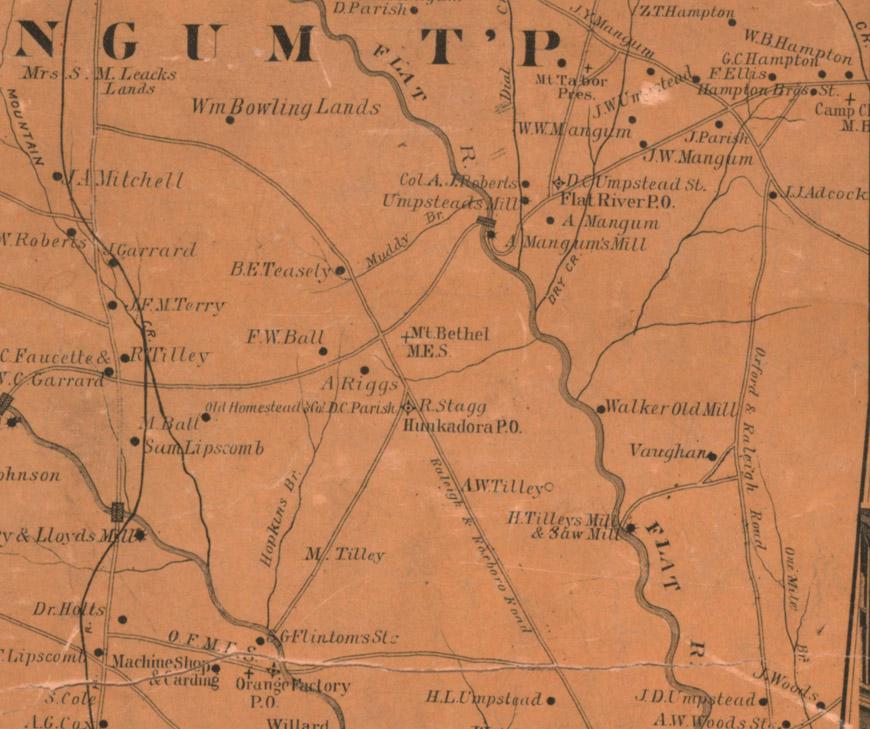
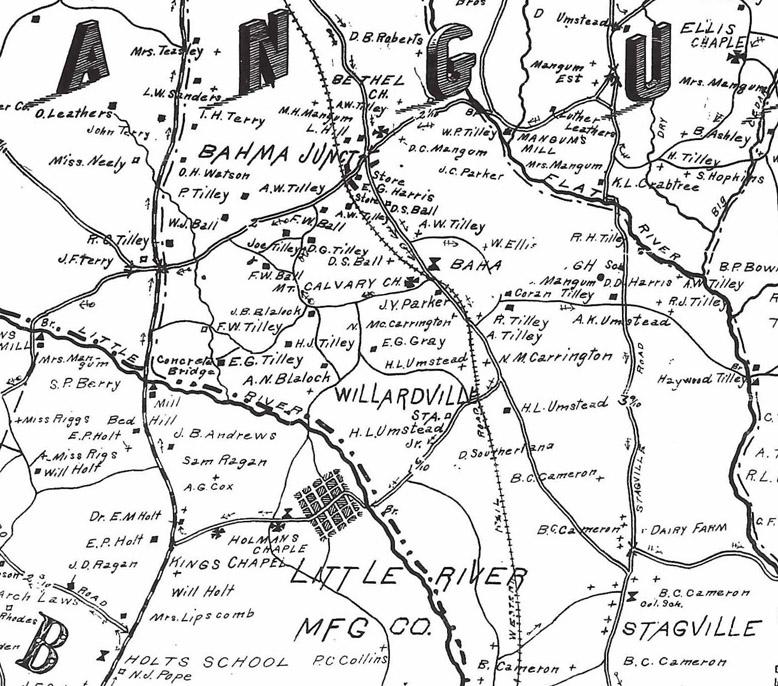
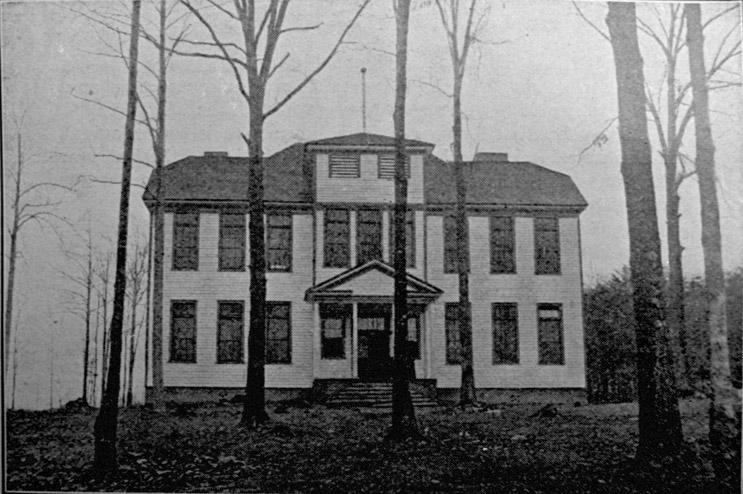
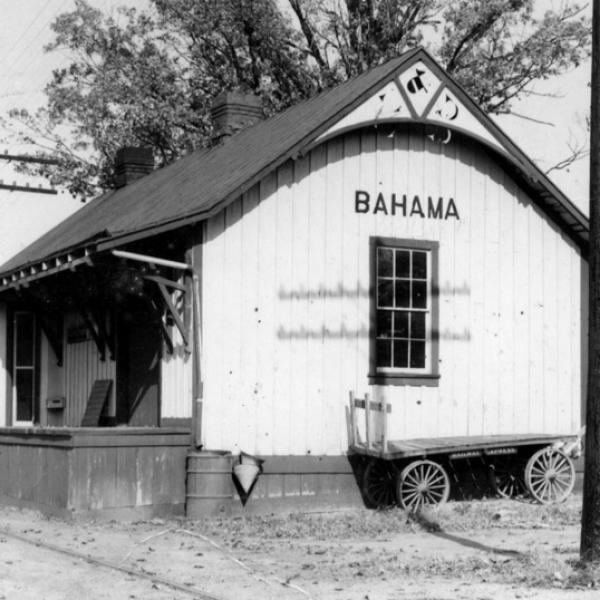
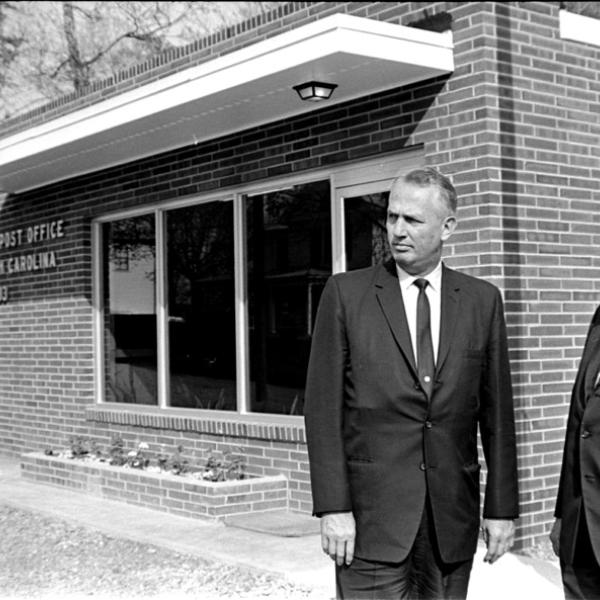
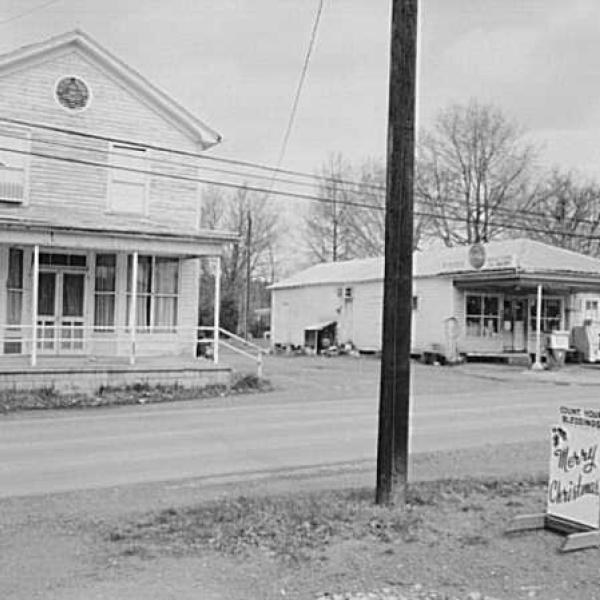
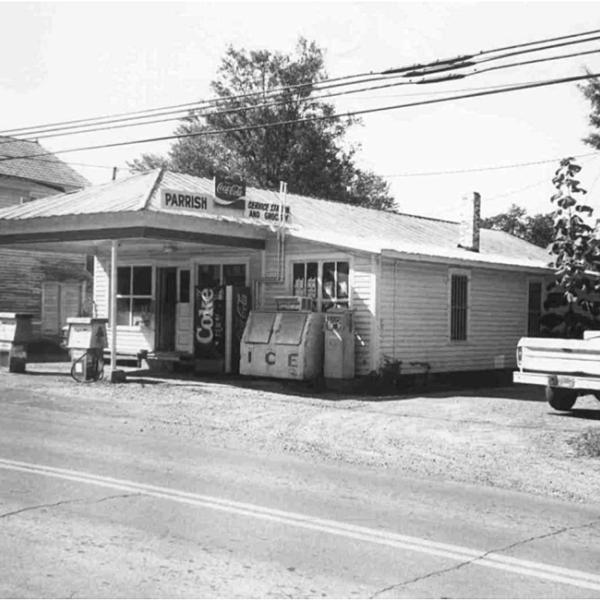
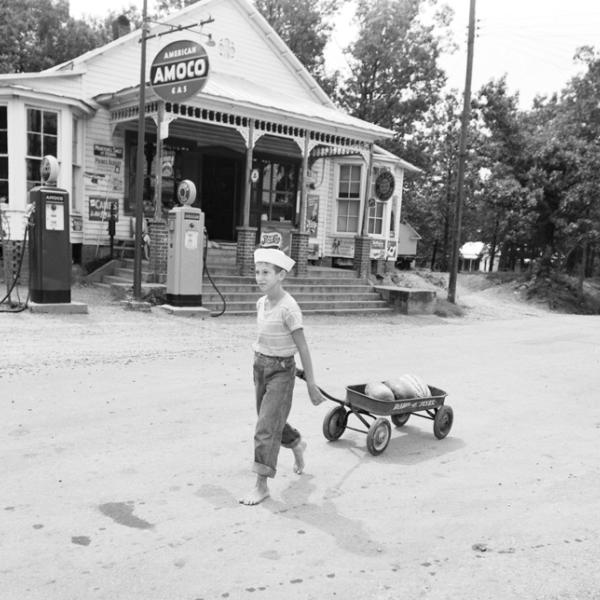
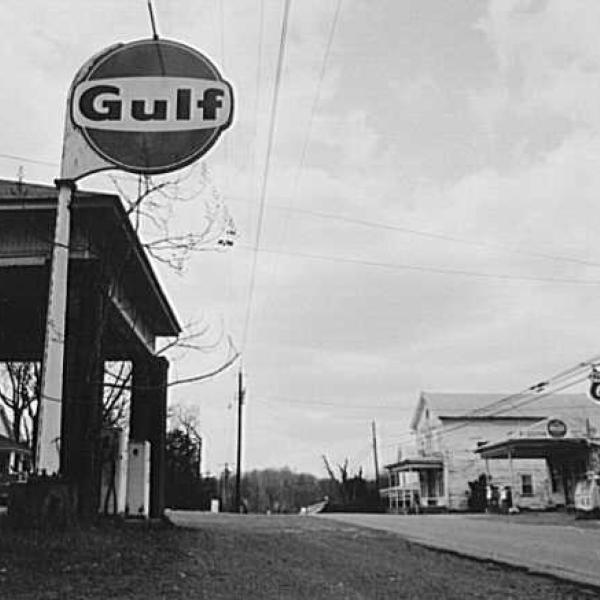
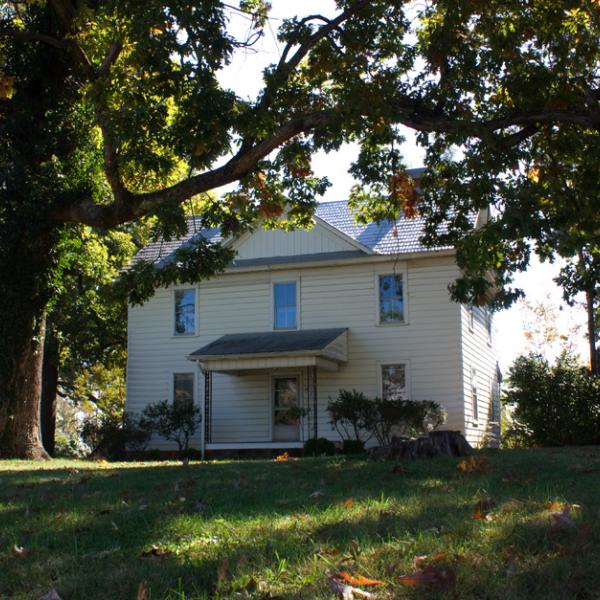
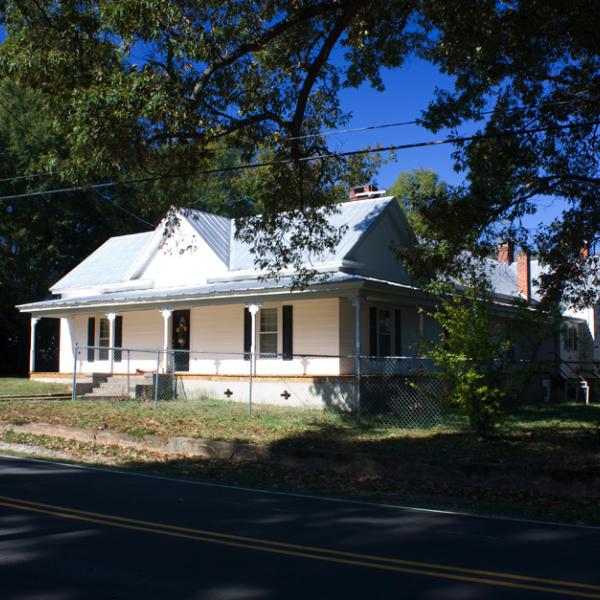
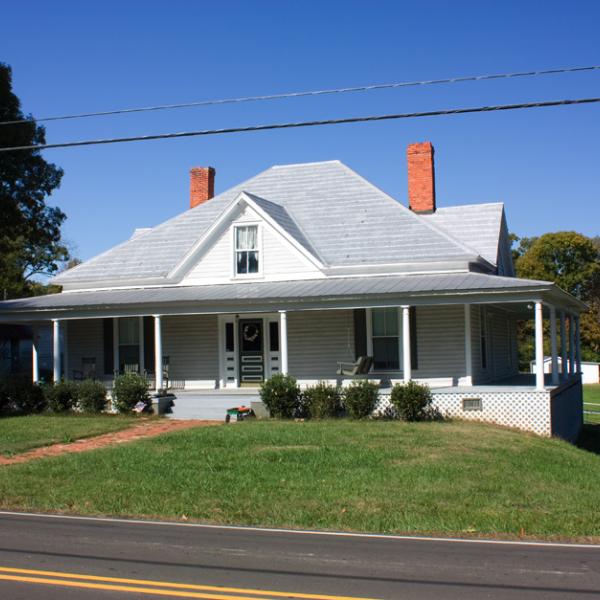
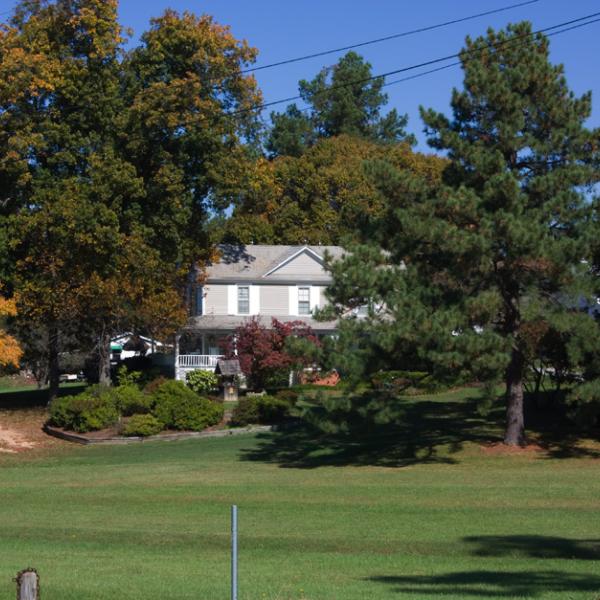
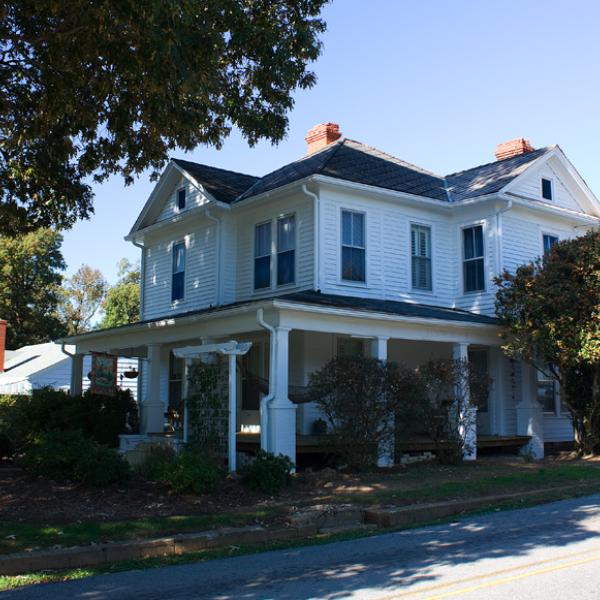
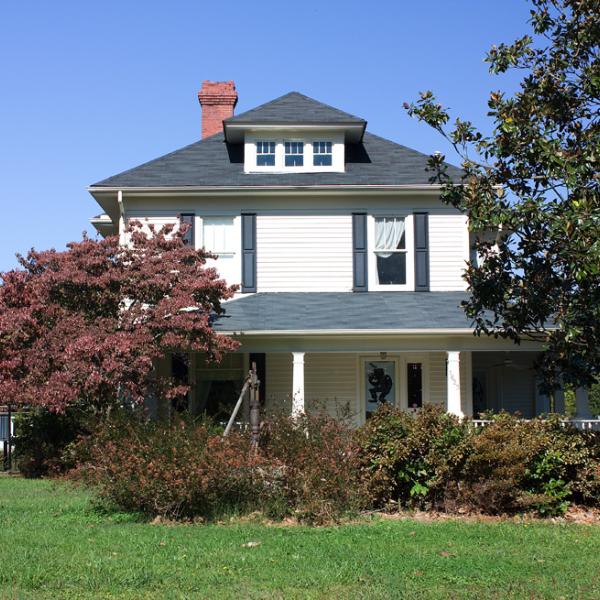

Comments
Submitted by Lori Hall (not verified) on Sun, 3/25/2012 - 9:43pm
I have created a FB page called Proud to be from Bahama if you are interested in looking. I enjoyed your link. Thanks,
Lori Hall -decendant of the Mangum Family
Add new comment
Log in or register to post comments.